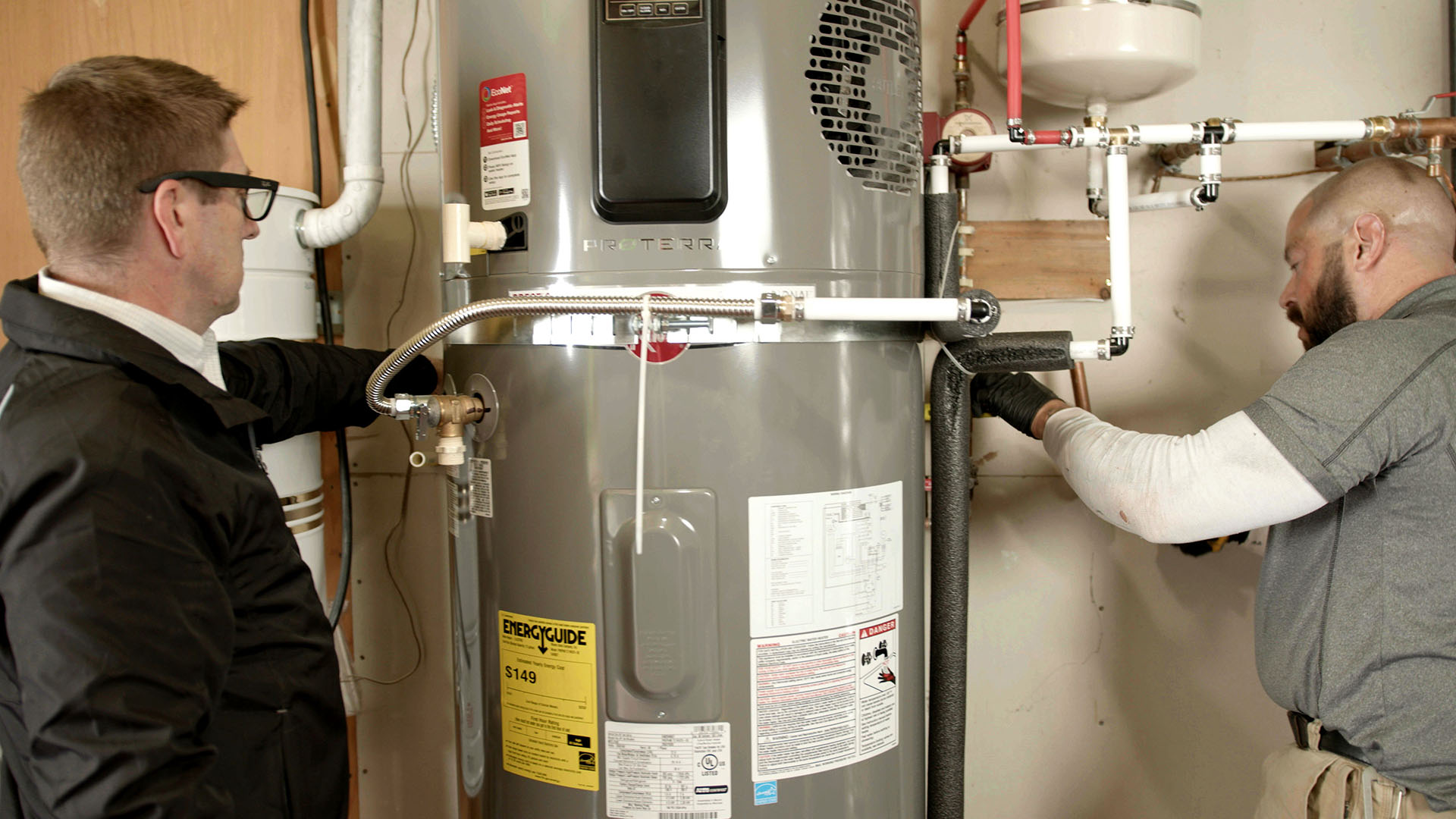Disadvantages and Causes of Malfunctions in Heat Pump Water Heaters – Copmplete Summarized Highlights

Major Causes of Heat Pump System Failures
- Poor Main Unit Design: Excessive noise, poor heating capacity, affecting quality of life.
- Design Errors adn Improper Matching: Small machine equipped with a small water tank, insufficient hot water supply.
- Improper Installation Location: Poor ventilation, inadequate heat source supply, reducing heating capacity.
- Improper System Configuration: Placing the heat exchanger inside the insulation barrel, covering with lime, reducing efficiency, rapid corrosion of the compressor, leading to system scrapping.
- Inappropriate Main Unit Shell Material: Not weather-resistant, rusting quickly, rendering it unusable.
- Improper Water Pump Body Material: Cast iron pump body prone to corrosion, plastic pump body not pressure-resistant and prone to failure.
- Incorrect Heat Pump Circulation Pipeline Connection: Increases unit load, shortens lifespan, consumes electricity affecting energy efficiency.
- Improper Temperature Sensor Placement: Causes temperature display inaccuracies, reduces main unit energy efficiency.
- Excessive Length and Lack of Insulation in Hot Water Pipes: Hot water at 55 degrees passing through a 10-meter pipeline without insulation may experience a temperature drop of 5-8 degrees, making insulation crucial and avoiding excessive lengths in hot water pipes.
Main Unit Shell Material Issues, coupled with severe rusting, can lead to scrapping.
Cast iron water pumps are prone to rusting, and improper pump installation can affect efficiency, increasing the pump failure rate.
The main function of a heat pump is to extract heat from the air, expelling cold air, and heating cold water inside an insulated tank. However, invisible dust in the living environment is drawn into the heat pump unit, causing the evaporator (fins) to accumulate dust. Ultimately, the inability to absorb sufficient heat sources leads to a decrease in heating efficiency, increased workload on the compressor, higher power consumption, and eventual compressor overload and damage.
Heat Pump System Usage Tips:
- After system setup testing is completed, set the water temperature to 50 degrees, adjusting gradually if insufficient to avoid the system frequently being in high-load conditions, extending the heat pump main unit’s lifespan.
- If hot water usage times are unpredictable, it is advisable not to use a timing device to prevent insufficient hot water.
- If using a timing device, set it to start heating when temperatures are higher during the day for optimal heating efficiency.
- Though heat pump noise is minimal, in quiet areas, consider setting it to shut down at 23:30 or 24:00 to avoid noise disturbances.
- If installing the heat pump indoors or in a machine room, consider space size and ventilation rate to ensure sufficient heat source absorption and prevent efficiency decline.
Key Points and Procedures for Installing a Heat Pump System:
- Understand the principles and energy-saving basis of heat pumps!
- Understand why governments in Europe, America, Japan, etc., promote heat pump installation, with local residents having a higher awareness of heat pumps.
- Estimate the approximate size of the main unit and water tank needed to meet individual needs.
- Confirm whether the existing space is sufficient for installing the water tank and main unit.
- Consider the budget and fund allocation for construction.
- Have technicians conduct on-site inspections and provide recommendations.
- Agree on the construction time and place an order.
Does a Heat Pump System Require Maintenance:
The main function of a heat pump is to extract heat from the air, expelling cold air and heating the hot water inside the insulated tank. However, due to invisible dust in the living environment, the heat pump unit draws in dust, causing the evaporator (fins) to accumulate dust. Eventually, the inability to absorb sufficient heat from the air leads to a decrease in heating efficiency, an increase in the compressor’s workload, higher power consumption, and ultimately compressor overload and damage.
Additionally, when transferring heat from the refrigerant to the cold water, the heat exchanger is susceptible to the negative effects of poor water quality, resulting in scale formation. While the scale situation in heat pumps is not as severe as in solar water heaters, it may accumulate over time. When the heat exchanger has severe scale formation, it cannot effectively transfer heat to cold water, leading to decreased heating efficiency, an increased workload on the compressor, higher power consumption, and eventual compressor overload and damage.
Maintenance of the Heat Pump Main Unit includes:
- Cleaning the heat exchanger and evaporator (fins).
- Removing rust.
- Preventing rust.
- Testing the unit’s operational status.
- Checking refrigerant levels.
- Checking if the compressor’s operating pressure is normal.
- Cleaning fan blades.